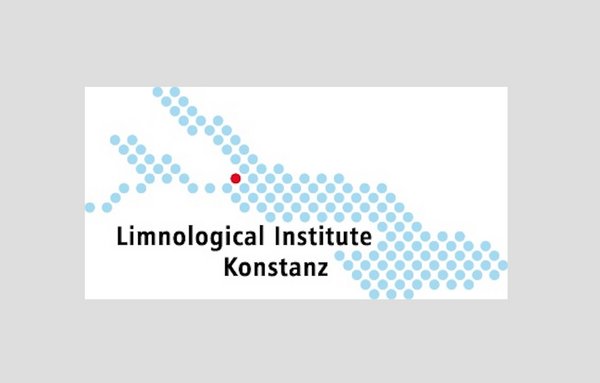Cross-ecosystem fluxes:
Export of essential lipids from aquatic to terrestrial ecosystems
Cross-ecosystem fluxes can crucially influence the productivity of adjacent habitats. Emerging aquatic insects represent one important pathway through which freshwater-derived organic matter can enter terrestrial food webs and may be of superior food quality for terrestrial consumers, because they contain high concentrations of essential polyunsaturated fatty acids (PUFA). Emergence traps were installed above different water depths, insects collected, and fatty acids analysed. Here, Chironomidae contributed most to insect biomass and total PUFA export, Chaoborus flavicans contributed most to the export of EPA, ARA, and especially DHA. Insect-mediated PUFA fluxes are strongly affected by lake morphometry.
image© Nina Schlotz/Dominik Martin-Creuzburg
